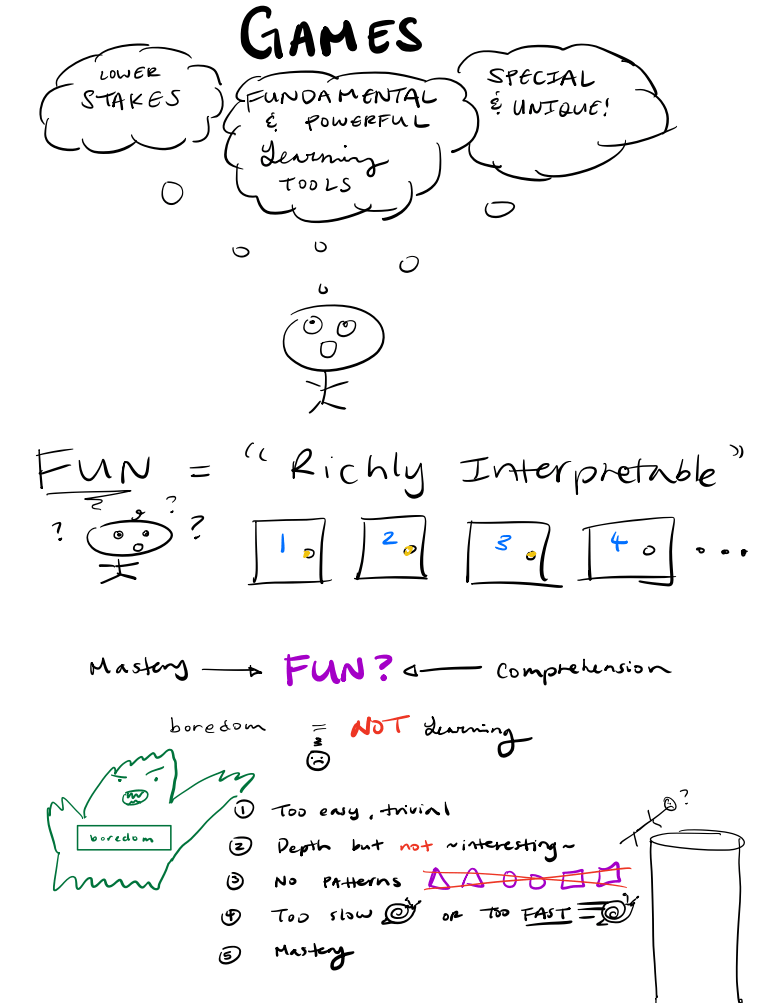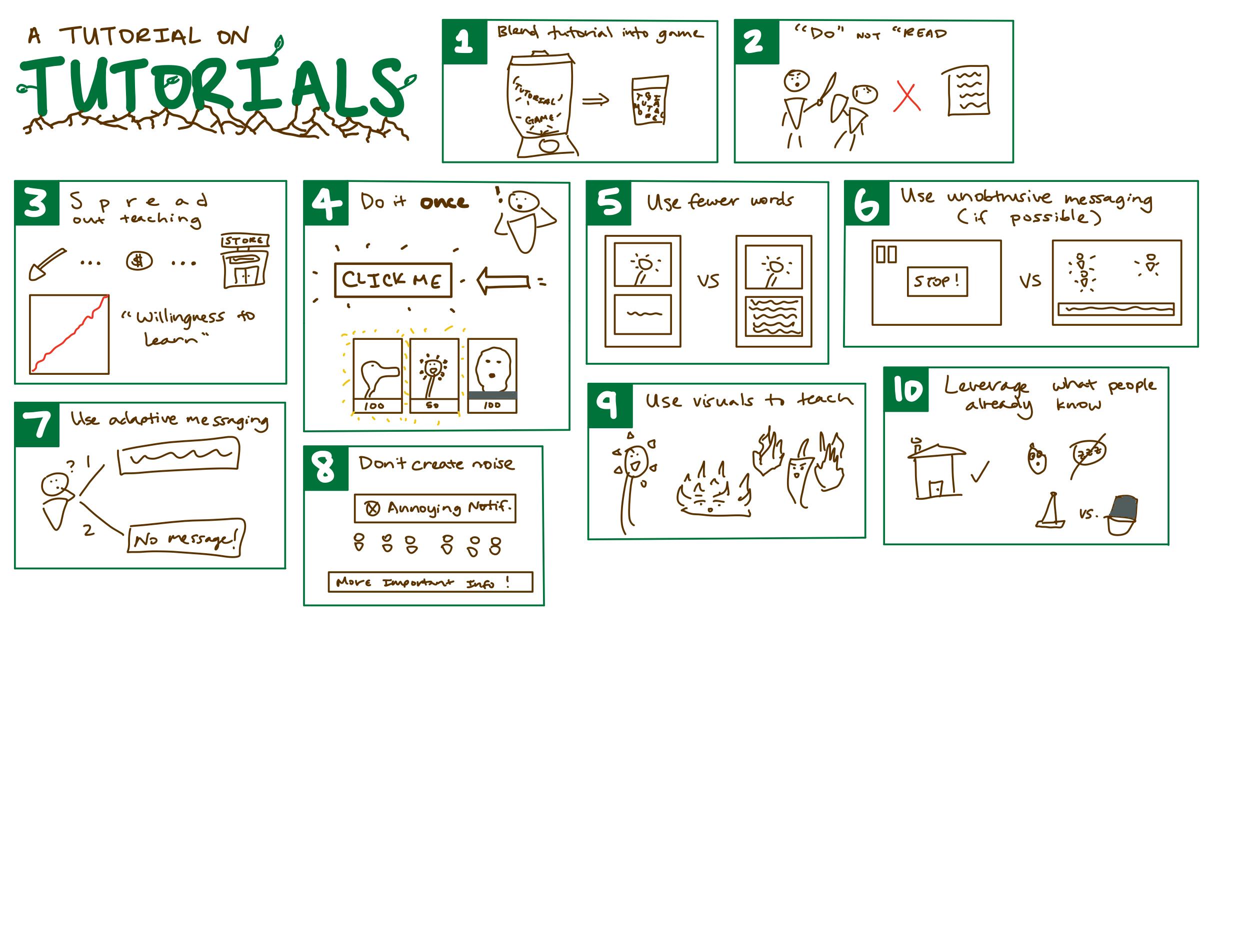Before taking CS 247G, I had honestly never thought deeply about games, their mechanics, or how they elicited fun for different types of players. Games were just something I happened to enjoy in my spare time and something my friends and I would bond over. I would become very invested in multiplayer games such as Brawl Stars, Clash Royale, and Mario Kart. I saw gaming as a way to connect with other people, yet I wasn’t sure what was so appealing about these games. I appreciated the effort that went into visual design, but less so game or level design. The games I played usually felt intuitive, which speaks to the care the designers had for the smallest details from button placement to character sound effects.
Throughout this course, I came to deeply appreciate the intentionality that game designers, including myself and my peers, put toward creating fun games. Three core concepts that resonated with me included: (1) the importance of visual and auditory design in a game’s experience, (2) the power of simplicity, and (3) how some mediums can convey similar information more effectively than others.
First, visual and auditory design elements should not be afterthoughts – they are critical components of a fun game and, depending on the genre, can immerse players into an entirely new world. With my second project, Botanimals, I paid specific attention to creating characters and art that fit the narrative we wanted to convey. Each Botanimal, the farmers, and many environmental objects fit specific color schemes and were animated to ensure the player could see themselves as the farmer. Additionally, the background music and projectile sound effects both contributed to player excitement and gave auditory feedback on in-game events.
Second, a complex game is not always a better game. When designing both Bok Bok Brawlers and Botanimals, we found it difficult to keep our games simple to understand while maintaining many interesting mechanics. It was a challenge to distill elaborate ideas into something our target audiences could easily follow. However, over many iterations, we cut many unnecessary steps out of Bok Bok Brawlers and greatly simplified Botanimals through the controls, planting mechanics, and onboarding experience.
Third, I found the experience of taking sketchnotes very eye-opening. Although they were time-consuming, the sketchnotes actually helped me slow down and retain information better in some cases. Drawing little figures and diagrams allowed me to form clearer memories that I could recall. Over the quarter, my sketchnotes evolved from more text-based outlines with pictures to more integrated notes. It was initially quite challenging to find creative ways to format my notes that made sense with the content, but I am slowly learning how to do so by first skimming the content and creating a broad outline for the notes!


As both a game designer and a player, I am now much better equipped to identify what makes games fun, how games can be improved, why some games are bad, and how to apply game design principles in various situations. In the future, I will be much more mindful of each design element within games I play (and maybe design or provide feedback on). Additionally, I believe that I will see aspects of game design (e.g., loops and arcs, types of fun, etc.) in my future work. It’s exciting to see how applicable the ideas in this class can be in industry!


